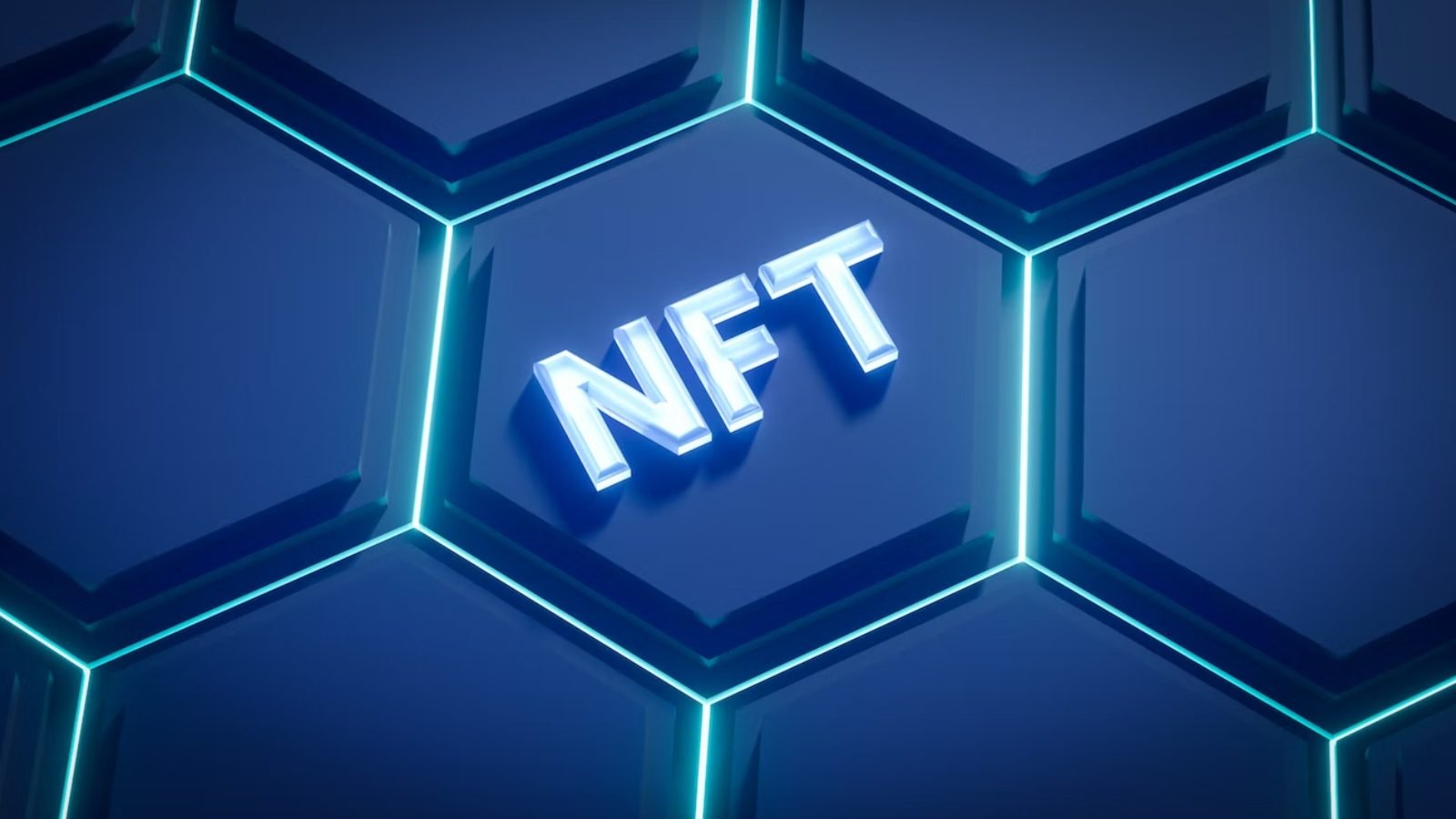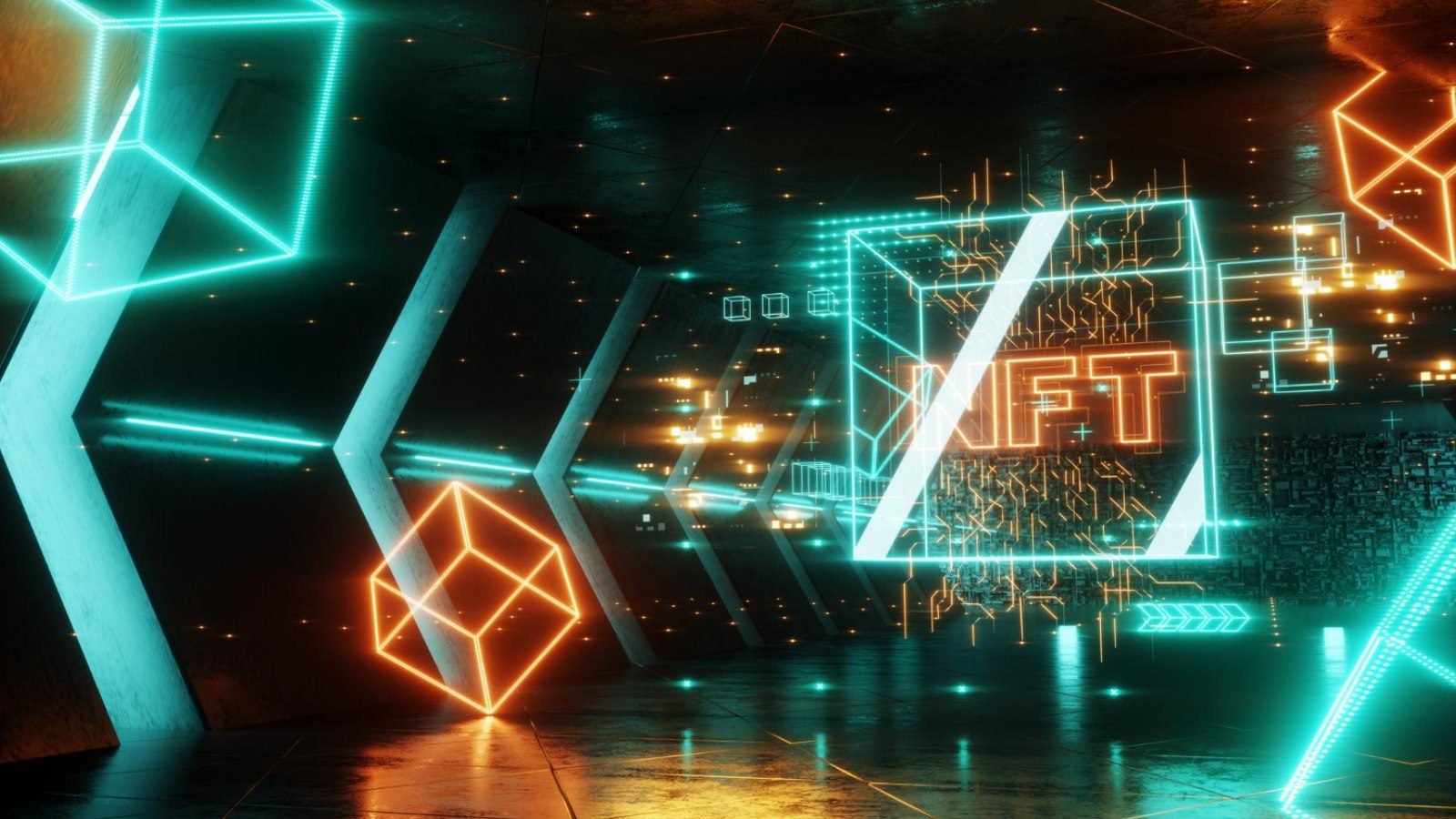Table of Contents
Highlights
- Real Estate: NFT 2.0 enables fractional ownership and smoother deals, though tied to existing property laws.
- IP Rights: NFT 2.0 highlights licensing, copyright, and trademark clarity as key to protecting value.
- Legal Frameworks: NFT 2.0 is shaped by MiCA, SEC actions, and UCC reforms for compliance and transparency.
In 2021, NFTs burst into popular culture as a way to buy and sell art on the internet. That story was catchy and easy to tell: artists, collectors, eye-popping sales. But the next chapter, often called “NFT 2.0“, is less about profile pictures and more about the slow, unglamorous work of wiring token technology into the real economy.
At its core, NFT 2.0 is about representing rights to something, access, equity, royalties, governance, or even real property, in a way that’s programmable and portable across platforms. Done right, this can shave friction from transactions, unlock new forms of financing, and clarify who can do what with a digital or physical asset. Done poorly, it can confuse buyers and collide with securities, consumer, and property laws.

From JPGs to deeds: real estate experiments, not revolutions
If you’ve seen headlines about ‘the first home sold as an NFT’, you met the intriguing but imperfect reality of tokenised property. In early 2022, a Florida house was auctioned by transferring an LLC that owned the home; the NFT represented ownership of the entity, not the deed itself. That structure made the sale feel like a familiar corporate-equity transfer wrapped in crypto rails, and it worked because U.S. property registries do not accept blockchain tokens as deeds of title yet.
Commercial real estate has also pushed further via security tokens that represent shares in entities owning trophy assets. A landmark example came in 2018 when the owners of St. Regis Aspen offered “Aspen Coin”, a digital security representing indirect equity in the resort. The offering raised roughly $18 million, with tokens priced at $1 and sold to accredited investors, again tying blockchain to an LLC rather than the land registry. The lesson is that tokenization can widen the investor base and also add secondary-market flexibility, but the legal claim still rests on company stock, not a magic deed on-chain.
Why don’t we see pure “deed NFTs”? Because land records are public-law systems, governed by counties and courts, not just databases. Pilots like Cook County, Illinois’ exploration of blockchain for land records concluded that any modernization must integrate with, not replace, existing title processes. Property rights depend on more than databases; they also rely on notice, priority, and court enforcement. Tokens can help record or transfer interests, but they do not, by themselves, settle who owns Blackacre when disputes arise.

Still, we’re inching forward. Marketplaces also have iterated on entity-sale models; some jurisdictions are digitizing records, and programmable tokens enable automated escrow, fractional finance, and revenue sharing that paper cannot easily match. The sober takeaway: NFTs in real estate are not replacing title offices today, but they are greasing the rails for fractional investment and faster, more transparent closings, provided the legal plumbing is sound.
NFT 2.0 and IP: licenses, not magic wands
The art phase of NFTs spotlighted a quiet truth: when you buy an NFT, you usually do not buy the copyright in the work. You buy a token plus a license to use the associated media in certain ways, and each project can write the license differently.
Consider the Bored Ape Yacht Club (BAYC). Yuga Labs grants holders broad commercial rights to monetize their specific Ape artwork, enabling restaurants, merch, and media projects, while keeping the underlying copyright. This “commercial-use license for holders” model set a widely copied template and was later extended to other Yuga-owned collections. But it’s still a license governed by terms of service, not a transfer of copyright, subtle, but crucial when disputes arise.

Other projects took the opposite route. Moonbirds famously switched to a CC0 (public-domain dedication) in 2022, effectively letting anyone use the art for anything. The move sparked debate: advocates loved the permissionless remix culture; some holders felt blindsided, believing they’d bought scarce rights that were suddenly opened to the world. The episode was a wake-up call: NFT value often hinges on expectations created by licenses, so changes (or ambiguities) carry real economic consequences.
Meanwhile, Nouns DAO embraced CC0 from day one, treating art as open-source IP and using token ownership for governance and treasury control. In this model, value accrues less to exclusive IP rights and more to brand gravity and the ability to steer communal resources, a fresh way to think about IP in the age of composable culture.
Trademark law, too, is staking boundaries. In Hermes versus Rothschild, a jury found an NFT series riffing on the Birkin handbag infringed Hermes marks, the case is now entangled in appellate arguments about art, parody, and consumer confusion. Whatever the final outcome, the case signals that NFTs are not a shortcut around trademark and unfair-competition rules, and that court will apply traditional doctrines, adapted for digital goods.
The big picture for NFT 2.0 and IP is pragmatic: tokens are excellent containers for permissions, but the rights themselves are as strong as the underlying contract and the law that backs it.

Regulators step in: when an NFT becomes a security
NFTs are not specifically exempted from securities law. In 2023, the U.S. Securities and Exchange Commission (SEC) brought its first NFT enforcement actions, arguing that two high-profile projects sold unregistered securities by promising profit potential tied to the issuer’s efforts. Impact Theory, a media startup settled with the SEC over its “KeyNFTs,” and the celebrity-backed “Stoner Cats” project did the same, agreeing to penalties and investor-fund distributions. The
Outside the U.S., rules are crystallizing, often more comprehensively. The EU’s Markets in Crypto-Assets Regulation (MiCA) is rolling out a unified framework for crypto-asset issuance and service providers.
While “unique” NFTs were initially thought to sit outside many of MiCA’s core obligations, fractionalised or series-issued NFTs can fall back into scope, and European authorities have issued guidance to help national regulators draw the line between plain-vanilla NFTs and instruments that look like regulated financial products. For NFT ventures pitching yields, fractional ownership, or trading services in Europe, MiCA’s compliance map is fast becoming required reading.
The UK is taking a property-law-first approach, with the Law Commission affirming that digital assets (including crypto-tokens) can be treated as a distinct form of personal property and proposing legislative tweaks to make control and enforcement clearer. That may sound academic, but for lenders, insolvency practitioners, and courts, having a clean doctrine for what a token is and how security interests attach matters enormously.

Back in the U.S., a quieter but potent shift is underway through commercial law. The Uniform Commercial Code (UCC) added Article 12 to define “controllable electronic records” and clarify how purchasers can take rights in them free of prior claims, which is a bedrock for collateral, lending, and secondary markets. States are steadily adopting these amendments. For NFT 2.0, particularly tokens representing real-world rights, this kind of plumbing is arguably as important as headline-grabbing cases.
Conclusion
NFT 2.0 is forcing a rethink of what “ownership” really means. In the first boom, many buyers assumed that buying an NFT was the same as owning the underlying asset, but the reality is more nuanced. For art and media, ownership typically means holding a token plus whatever license the creator grants, whether that’s personal display, commercial use, or CC0, and those terms can sometimes change. In real estate, an NFT may represent membership interests in an LLC that owns property or a security token tied to a company owning the asset, but it doesn’t equate to direct land-title ownership unless public registries adopt blockchain as primary proof.
For utility or access NFTs, the token is essentially a credential recognized by certain platforms, which only works as long as the underlying software and agreements remain in place. Because these categories differ widely, precise consumer disclosures are essential, especially for offerings like “fractional deeds,” which may actually be equity in a special-purpose vehicle, subject to securities and consumer-protection laws.

For NFT builders, clarity is the most powerful currency. Real-estate tokenisers must anchor off-chain rights in legal documents, align with securities rules, and design around the reality that most jurisdictions won’t record deeds on-chain yet. Artists and brands need to spell out license rights and respect trademark law, while collectors should be vigilant about how and where their NFTs are stored.
Policymakers and lawyers are working to harmonise frameworks through measures like the EU’s MiCA, UCC amendments in the U.S., and the UK’s recognition of digital assets as property so that NFTs can function as reliable wrappers for rights. This growing precision around definitions, rights, and disclosures is helping move NFTs beyond hype, replacing uncertainty with trust, and allowing tokens to serve as programmable, transparent tools for real-world ownership.